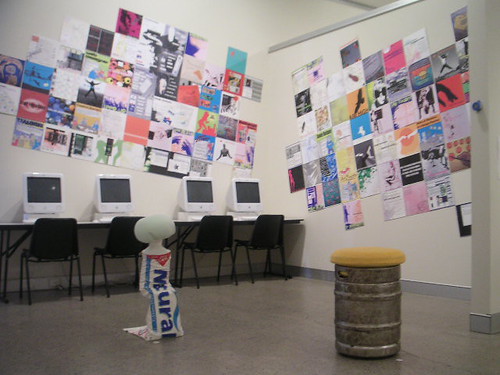The increasing ubiquity of computers and related devices (e.g., sensors) and their diffusion into our environment requires a rethinking of the complex interplay between technology and humans. The often quoted observation by Mark Weiser, “The most profound technologies are those that disappear. They weave themselves into the fabric of everyday life until they are indistinguishable from it,” [9] set the stage for the vision of an unobtrusive, calm technology. Since then, the effort to make technologies disappear into the background has been an ongoing endeavour involving a series of international initiatives and innovative program. One prominent example is the proactive initiative “The Disappearing Computer” (DC) launched and funded by the “Future and Emerging Technologies” strand of the IST programme of the European Commission www.disapppearing-computer.net.
As computers disappear from the scene, become invisible, and disappear from the perception of the users [5], a new set of issues is created concerning the interaction with computers embedded in everyday objects resulting in smart artefacts: How can people interact with invisible devices? How can we design implicit interaction for sensor-based interfaces? How can we design for transparency and coherent experiences? One way of tackling these problems is described in the following examples. It is characterized by returning to the real world as the starting point for design and trying to exploit the affordances that real-world objects provide.
Thanks to Mike Yue for the link :)
Saturday, February 11, 2006
PDP2005

PDP2005 is largely over now given that it was essentially a 2005 project, however the evidence stands that blogs can form a vital aspect of pedagogical practice.
I argue that this medium is clearly able to be employed by teachers and students to their achive their respective learning goals.
Simply put the project was blog based from inception and evolved into a simple exercise in research at certifiate level [tertiary].
The project attracted the interest of young Shanghainese designer Mike Yue and he contributed an intriguing brief for the students to contemplate...you can find it on the bottom of the November archive...sorry no permalink :(
Emotion conscious chair design above by Twahn McMahon
Monday, February 06, 2006
Connected | Qualia 06 Exhibition 20/1/06 - 19/2/06
Despite the irony of me feeling rather "disconnected" about what was achieved with this exhibition - overall it looks good...the design exhibition is brash and colourful and a big improvement on last year's show. And that's an achievement I think :-)
On the move
Mobility, nomadic lifestyles, business travel, perpetually linked, email addiction, 21 C viruses that cannot be treated...these are topics I have been pondering of late...additionally the issue/topic of the "digital divide" is something I am curious about...
Seriously interesting posts by Alexandra Deschamps-Sonsino make for interesting reading at present.
I particularly liked the one featuring the quote from Jean-Luc Raymond above...
More info about Jean-Luc can be found on the LIFT06 site.
Less than 20% the world has a connection, Africa represents less than 1% of connected people which will be decreased. The question of access is a problem,
Different age, sex, language, work, skills, etc are much more of a problem than whether they have a computer or not.
Seriously interesting posts by Alexandra Deschamps-Sonsino make for interesting reading at present.
I particularly liked the one featuring the quote from Jean-Luc Raymond above...
More info about Jean-Luc can be found on the LIFT06 site.
Subscribe to:
Comments (Atom)


